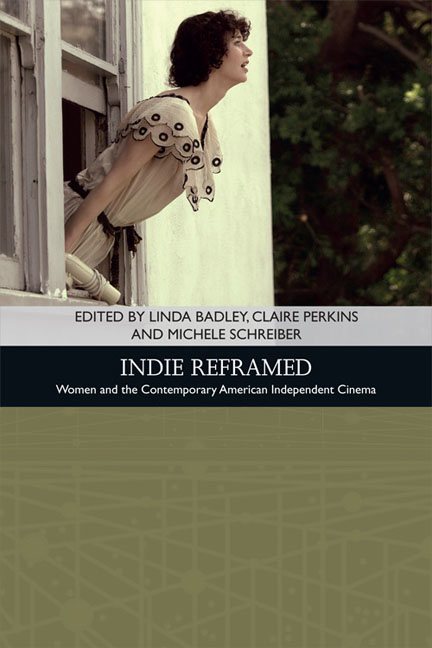16 - The Feminist Politics of Collaboration in Lena Dunham’s Tiny Furniture
Published online by Cambridge University Press: 10 November 2020
Summary
In her landmark essay ‘Women's Cinema as Counter-Cinema’ from 1973, Claire Johnston (1999) predicates her model of an oppositional women's cinema on its textual qualities rather than its mode of production. Arguing against her contemporaries who claim that a collectivist approach to the production process inevitably yields a politically oppositional work, she instead identifies a film's capacity to demystify dominant ideology in and through its form and content as the defining attribute of any counter-cinema, including a feminist one. At the time of its publication, this intervention proved extremely productive insofar as it countered facile assumptions about how films make meaning and thereby paved the way for a feminist film criticism steeped in semiotics. At the same time, however, it also foreclosed a potentially generative line of inquiry that has not been pursued in earnest since: one dedicated to an exploration of how collaborative methods actually can, not inevitably, but by design, contribute to a counter-cinematic vision.
For one seeking to pick up where Johnston left off, American independent cinema is an opportune place to start. There are multiple examples of indie filmmakers who regard working relations of affiliation, cooperation, and mutual exchange as not only a necessity (which they are for almost any film production), but also part of a larger aesthetic and/or political programme. For example, one could easily imagine a study of collaboration foregrounding an individual like Jim McKay, who actively incorporates the voices of the communities he films into his work; a partnership like that forged by director Nicole Holofcener and actor Catherine Keener, who have worked together consistently throughout their careers; or a film movement like mumblecore, whose DIY aesthetic goes hand in hand with an expansive social network of creative partners. All of these subjects lend themselves to a discussion of collaborative methods due to their reliance on a cooperative approach to media production that is not only ready but also readily recognised. Rather than taking on such a subject, however, this essay considers the aesthetic and political possibilities of collaboration in relation to a figure of a different sort: Lena Dunham.
- Type
- Chapter
- Information
- Indie ReframedWomen's Filmmaking and Contemporary American Independent Cinema, pp. 276 - 287Publisher: Edinburgh University PressPrint publication year: 2017



